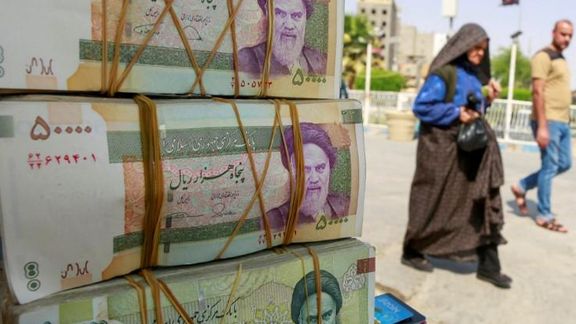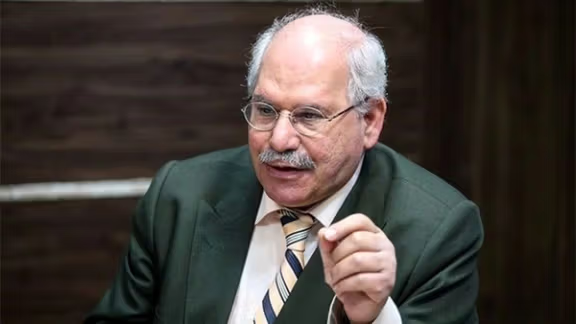Experts In Tehran Debate Impact Of Iran’s Funds Released By Iraq

Experts in Tehran are debating the potential impact of a recent US decision to allow Iraq to pay some of its debts to Iran on the country’s ongoing economic crisis.

Experts in Tehran are debating the potential impact of a recent US decision to allow Iraq to pay some of its debts to Iran on the country’s ongoing economic crisis.
Earlier this week, the Biden Administration announced that some of Iran’s frozen funds in Iraq will go to Oman, acting as a conduit to release the money for purchasing non-sanctionable goods under US supervision. Iraq owes Iran around $11 billion for imports of gas and electricity, but US banking sanctions prohibit dollar transactions with Iran. In June, the US agreed to make $2.7 billion available for Iran’s humanitarian needs.
Despite this development, the Iranian currency, the rial, has not shown improvement and continues to trade at around 500,000 rials per US dollar, as its value has drastically depreciated in the past year.
Businessman Masoud Daneshmand expressed doubts about the impact of the released funds, stating that the Iranian government would not receive any cash directly. Instead, after Iran purchases goods like wheat, it can present invoices, and Oman will release the money following US verification. Hence, the government will not have additional funds to impact the currency market.

Others, however, disagree with this perspective. Some argue that any released funds, even for food and medicine, could free up other foreign currencies for purposes such as supporting armed proxy groups in the region or producing military equipment such as drones that are supplied to Russia for its invasion of Ukraine.
Amidst the ongoing economic crisis, Iran’s annual inflation is estimated to be somewhere between 50-70 percent, in the absence of reliable figures. However, what is certain is that food prices have risen much faster. Media and even regime politicians have been saying for months that food price inflation is around 100 percent.
Nevertheless, Ahmad Kimiyai, an economist, believes that the release of frozen funds, though not in cash dollars, is still beneficial. It allows some assets to enter the country despite sanctions and can be used for humanitarian imports, addressing shortages of food and medicine.
However, he said it is much better that the money can be used for humanitarian imports instead of cash transfers. “This is better than if the money reached the government, because it might be tempted to do populist acts,” referring to cash handout schemes to the population.
“Now we are certain that goods will be imported that can reach the people’s dinner tables,” and help with shortages of medicine, Kimiyai said.

On the other hand, businessman Kamran Soltanizadeh, who is the head of Iran’s currency exchangers indirectly criticized government propaganda highlighting that the US has released the frozen funds. He argued that there has been no official statement about exactly how much, when and how funds have been released.
He also stressed that the Iranian government is injecting dollars and other hard currencies into the forex market to support the rial, and if it were not for these interventions, the national currency would have fallen further.